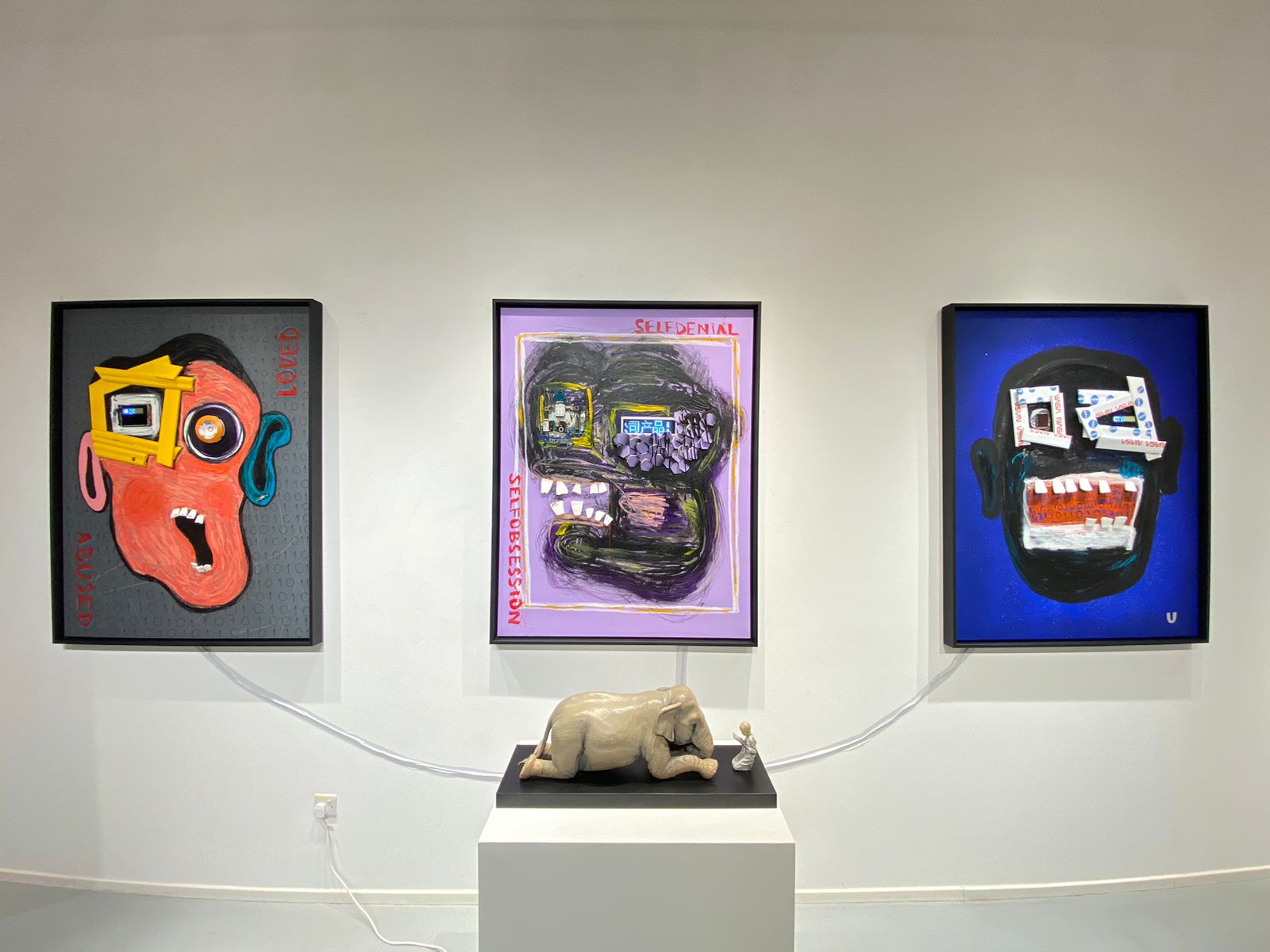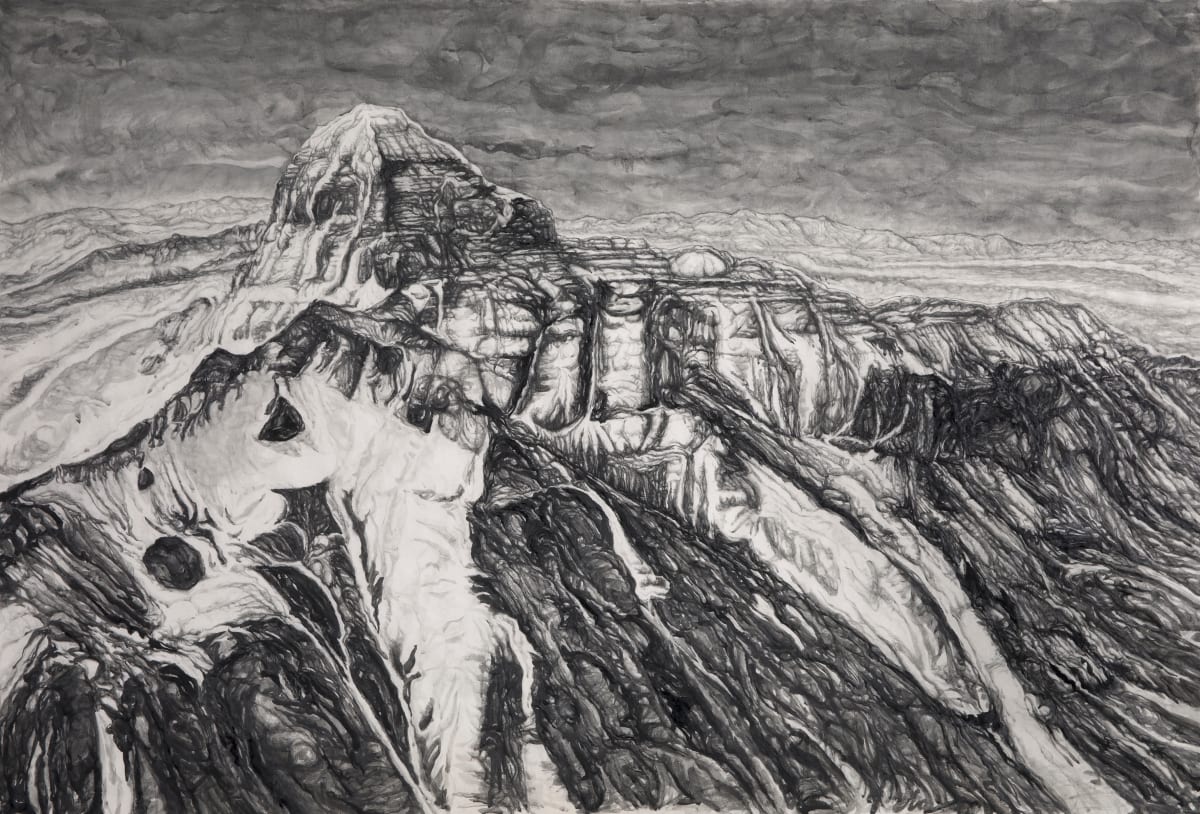Animals have often been represented as symbols and allegories; from national birds and symbols of empires to iconic figures in fables and fairy tales. The animals of this bestiary are similarly anthropomorphized as allegories of both human aspirations and human follies. The exhibited sculptures and drawings are based on thorough research and rethinking of the animalier tradition which dates back to classical antiquity and even beyond to the deepest annals of prehistory.

All sculptures were cast in Florence, and the historically unrivalled Florentine legacy in the arts and the sciences is quite clear in most of these exhibited works. The bronze bestiary draws heavily on inspiration from late renaissance masters from Florence and Tuscany, such as Benvenuto Cellini and Leone Leoni, or sculptors born outside Florence, such as Giambologna and Pietro Tacca who – together with subsequent generations of artists from Europe, America and beyond – came to excel in this artistic epicenter.
Though inspired by a broad and solid cultural foundation, Skaarup delivers memorable images of animals. These works are not weighed down by his myriad inspirations, instead, they are given wings to let them soar. Not only animals are on display, however. The focus of a recent project by Skaarup is a real but exceptional historical character: Alexander the Great. He is represented here through one of the myths that flourished around him. Not being satisfied with conquering the known earth, he wanted, according to legend, also to venture into the air and the deepest seas. We see him flying in a chariot pulled by winged griffins, and even underwater in an enormous crystal sphere, between the tentacles of a giant octopus. It is with this boundless imagination, bolstered by his indisputable technical mastery, that Okholm Skaarup gives real shapes and forms to ancient myths, building for all a personal Mount Olympus for the third millennium.

For more information, please visit https://www.aadfi.it.






